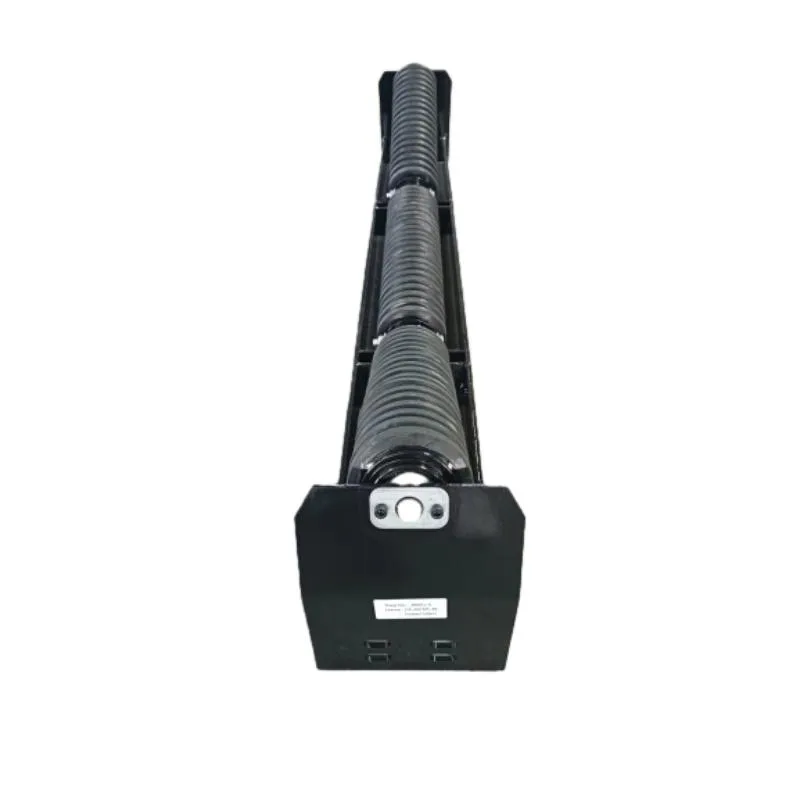 Afrikaans
Afrikaans  Albanian
Albanian  Amharic
Amharic  Arabic
Arabic  Armenian
Armenian  Azerbaijani
Azerbaijani  Basque
Basque  Belarusian
Belarusian  Bengali
Bengali  Bosnian
Bosnian  Bulgarian
Bulgarian  Catalan
Catalan  Cebuano
Cebuano  Corsican
Corsican  Croatian
Croatian  Czech
Czech  Danish
Danish  Dutch
Dutch  English
English  Esperanto
Esperanto  Estonian
Estonian  Finnish
Finnish  French
French  Frisian
Frisian  Galician
Galician  Georgian
Georgian  German
German  Greek
Greek  Gujarati
Gujarati  Haitian Creole
Haitian Creole  hausa
hausa  hawaiian
hawaiian  Hebrew
Hebrew  Hindi
Hindi  Miao
Miao  Hungarian
Hungarian  Icelandic
Icelandic  igbo
igbo  Indonesian
Indonesian  irish
irish  Italian
Italian  Japanese
Japanese  Javanese
Javanese  Kannada
Kannada  kazakh
kazakh  Khmer
Khmer  Rwandese
Rwandese  Korean
Korean  Kurdish
Kurdish  Kyrgyz
Kyrgyz  Lao
Lao  Latin
Latin  Latvian
Latvian  Lithuanian
Lithuanian  Luxembourgish
Luxembourgish  Macedonian
Macedonian  Malgashi
Malgashi  Malay
Malay  Malayalam
Malayalam  Maltese
Maltese  Maori
Maori  Marathi
Marathi  Mongolian
Mongolian  Myanmar
Myanmar  Nepali
Nepali  Norwegian
Norwegian  Norwegian
Norwegian  Occitan
Occitan  Pashto
Pashto  Persian
Persian  Polish
Polish  Portuguese
Portuguese  Punjabi
Punjabi  Romanian
Romanian  Russian
Russian  Samoan
Samoan  Scottish Gaelic
Scottish Gaelic  Serbian
Serbian  Sesotho
Sesotho  Shona
Shona  Sindhi
Sindhi  Sinhala
Sinhala  Slovak
Slovak  Slovenian
Slovenian  Somali
Somali  Spanish
Spanish  Sundanese
Sundanese  Swahili
Swahili  Swedish
Swedish  Tagalog
Tagalog  Tajik
Tajik  Tamil
Tamil  Tatar
Tatar  Telugu
Telugu  Thai
Thai  Turkish
Turkish  Turkmen
Turkmen  Ukrainian
Ukrainian  Urdu
Urdu  Uighur
Uighur  Uzbek
Uzbek  Vietnamese
Vietnamese  Welsh
Welsh  Bantu
Bantu  Yiddish
Yiddish  Yoruba
Yoruba  Zulu
Zulu roller guides
The Importance of Roller Guides in Machinery
Roller guides play a crucial role in various machinery and systems, providing essential support and direction for moving parts. These components enhance efficiency, reduce friction, and improve the overall performance of machines, ranging from simple conveyor systems to complex manufacturing equipment. In this article, we'll explore the significance, functionality, and applications of roller guides.
What Are Roller Guides?
Roller guides are mechanical devices that facilitate smooth motion in machinery by guiding and supporting moving elements, often using a series of rollers or wheels. They are typically designed to accommodate linear, rotary, or oscillatory movement, ensuring that parts align correctly and operate seamlessly. Depending on the application, roller guides can be made from various materials, including plastic, metal, or composite materials, each chosen for its specific properties and performance capabilities.
How Roller Guides Function
The primary function of roller guides is to reduce friction between moving components, which, in turn, minimizes wear and tear. By providing a smooth surface for movement, roller guides allow machinery to operate more efficiently. This reduction in friction leads to less energy consumption, lower operating costs, and extended equipment life. Furthermore, roller guides help maintain accuracy in positioning, which is critical in applications where precision is paramount.
In addition to guiding motion, roller guides are often designed to bear loads. They can support heavy weights while maintaining precise control over the movement of parts. This load-bearing capability is essential in many industrial applications, such as in CNC machines, where precision and stability are necessary for high-quality output.
roller guides

Applications of Roller Guides
Roller guides are employed in a wide range of industries, including manufacturing, transportation, robotics, and automation. In conveyor systems, for instance, roller guides ensure that items are directed efficiently from one point to another, reducing the risk of jams or misalignment. In the automotive industry, roller guides assist in the operation of assembly lines by providing smooth motion for robotic arms and other machinery.
Moreover, in the realm of woodworking and metalworking, roller guides are integral in machines that require precise cutting and shaping. They help maintain the alignment of blades and tools, ensuring consistent results across different materials and products.
In the robotics sector, roller guides are vital for enabling fluid motion in robotic arms and mobile robots. They contribute to the accuracy and reliability of these machines, which are becoming increasingly important in various applications, from manufacturing to healthcare.
Conclusion
In summary, roller guides are essential components in the functioning of various machines and systems. Their ability to reduce friction, support loads, and maintain precision makes them invaluable across multiple industries. As technology continues to evolve, the design and application of roller guides will undoubtedly advance, leading to even more efficient and effective machinery. Understanding the role and importance of roller guides can help engineers and manufacturers optimize their processes, enhance productivity, and ensure the longevity of their equipment.
-
Revolutionizing Conveyor Reliability with Advanced Rubber Lagging PulleysNewsJul.22,2025
-
Powering Precision and Durability with Expert Manufacturers of Conveyor ComponentsNewsJul.22,2025
-
Optimizing Conveyor Systems with Advanced Conveyor AccessoriesNewsJul.22,2025
-
Maximize Conveyor Efficiency with Quality Conveyor Idler PulleysNewsJul.22,2025
-
Future-Proof Your Conveyor System with High-Performance Polyurethane RollerNewsJul.22,2025
-
Driving Efficiency Forward with Quality Idlers and RollersNewsJul.22,2025





























